There’s about 4000 words to follow and Google tells me that takes most folks about 13 minutes to read ;) (I like to know these things!)
Note: There is an hour long Q&A video at the bottom of this page.
How’s Your Inbox?
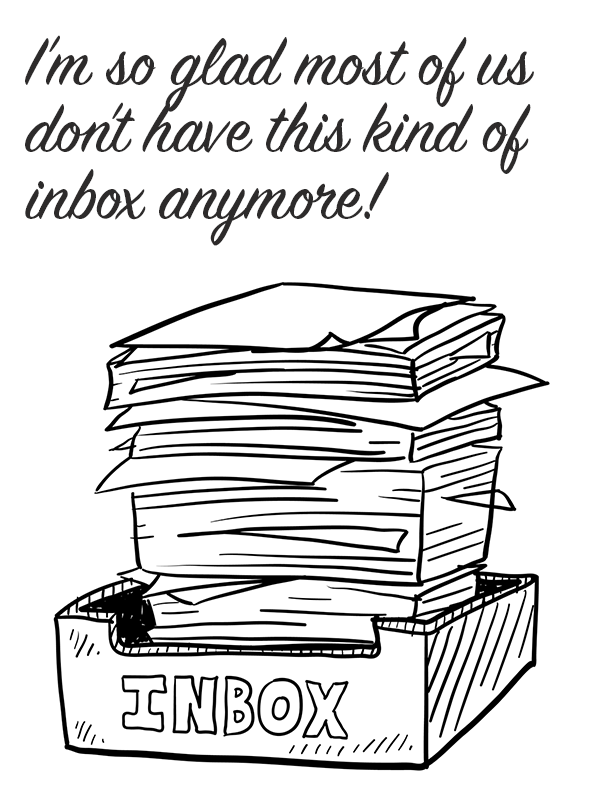 This can be a loaded question. I know people with over 100K emails in their inbox with 100’s being added daily with little rhyme or reason. I know others with a half dozen different inboxes who spend a little time every day just trying to remember which inbox that important message is in. There are so many different ways that folks manage email – some effective, some NOT.
This can be a loaded question. I know people with over 100K emails in their inbox with 100’s being added daily with little rhyme or reason. I know others with a half dozen different inboxes who spend a little time every day just trying to remember which inbox that important message is in. There are so many different ways that folks manage email – some effective, some NOT.
I’m not going to tell you the one perfect way to manage your business email inbox because there isn’t one. I am going to share how I manage mine and express opinions. Take what works for you, leave what doesn’t.
My inbox is the central hub of communication for my business. It is my space to control. With every subscription I start and stop, I am curating a flow of information that serves my business and life.
My inbox is a precious space. I spend an extraordinary amount of time there. Any place I spend a lot of time in is going to have an impact on my mood, energy & productivity.
I start my day there. I visit it frequently. I interact with people there. I wrap up my day there and use what I see to plan out tomorrow.
You can be darned sure, I’m intention about this space.
I invite you to think about your inbox as a precious space too.
Think about all the time you spend there. Any place you spend a lot of time in is going to have an impact on your mood, energy & productivity.
Do you like the impact your inbox has on you?
Your inbox is the central hub of communication for your business.
Let that sink in.
How important is it that you get the communications you need to get? VERY!
How important is it that you not get bogged down and overwhelmed by a lot of noise you do not need? VERY!
I must admit something to you…
I’m a minimalist at heart.
As a minimalist, I’m always checking in to see if I need/want to keep something. As soon as an item loses purpose and value for me, it’s on the way out. This practice keeps my home clutter free for sure – but it has positive impact on my digital life as well.
Whether an item is physical or digital, I’m intentional about it.
I ask simple questions before I acquire anything.
- Do I need this?
- When will I use it?
- Where will I put it?
- Does it give me a sense of peace or joy?
- Does it achieve a purpose?
I ask simple questions when deciding whether to keep anything.
- Do I still want this?
- Am I still using it?
- Does it give me a sense of peace or joy?
- Does it still achieve a purpose?
- Is it time to let it go to make space for something new?

How does my take on minimalism impact my inbox?
I subscribe with intention.
When it comes to optin offers, the attractive freebies offered to win my email. I ask simple questions.
- Do I need this?
- When will I use it?
- How does this help me fulfil my purpose?
- Am I curious enough to give it solid attention?
I run into dozens of optin offers on a weekly basis, sometimes more – and I say yes to very few.
Only claim freebies you have time to review.
Those I do say yes to, I have only given assent with an intention to look at the item right away. This means I am not subscribing, then letting the welcome email sit unopened for days or weeks. If I’m a yes to claiming it, I have to be a yes to reviewing it right away.
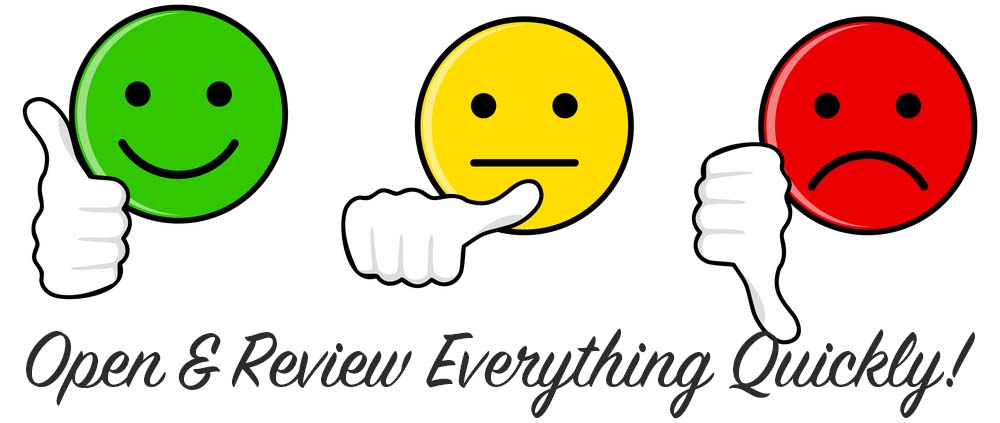
My opinion: It’s a bad habit to claim free items with the intention of looking at them later.
‘Later’ is a bad habit unless it means you’ve actually scheduled time on the calendar – then it can be quite intentional.
Do you have an pile of freebies (and even paid products) you’ve been planning to look at later?
Here’s an unfortunately common scenario to consider…
You spot a freebie that looks cool, so you give them your email address. The freebie arrives in your inbox, but you don’t have time to look at it. You leave in in your inbox to catch up on later.
Days pass. You get daily emails from the marketer who offered the freebie. You haven’t made time to look at the freebie yet, but you scan their emails.
Weeks pass. You get comfortable with the marketers messages. They’re consistently showing up in your inbox and seem to know what they’re talking about for all of the attention you’re giving them.
They make a paid offer to you and it’s cheap enough, and you feel like you know them – so you give them the $20 they’re asking for. But you don’t open the welcome email, you’ll do that later. (As is your habit.)
More weeks pass. More messages. You’re starting to feel like this person is your friend in an odd way, after all, you’ve been on their list for awhile and have spent money with them. So when another offer comes in, you pay them $100.
This time, because you’ve spent so much money, you decide to tuck right into the product. You open the welcome email, log in to access the product… and hmm… well… this is a bit messy isn’t it? Wait… is this even what I thought I was getting? Weird – it’s not at all what was described now, is it?
So, you think – but I know this person. I’ve bought from them before… oh yeah, I never looked at that product. Let’s go do that…. Oh… hmm…. Well this is rather underwhelming isn’t it? Not really what I thought I was getting… disappointing for $20 for sure.
So, you think – dang, how did I end up buying two products that suck from someone I thought I trusted? And you finally think to go look at the freebie they offered you in the first place – and you find a dismal little thing that offered no real value at all.
And boom, there it is – the realization that you rooked yourself badly by not reviewing the freebie in the beginning. You could have known months ago that the marketer is a bit of an empty bag when it comes to providing value.
Because marketers worth their salt provide value you’d pay for as freebies. They deliver MORE than you’d expect. When a freebie disappoints, you can be sure paid offers will be less than expected too.
This is why, if I don’t want to make that time available, I don’t claim the freebie. I let it go.
Goodness knows, there’ll be another dozen or so offers to consider in the next few days.
It’s not like I’m going to miss out on something.
Wait…
Do you fear that?
What are you afraid you’re going to miss out on?
Okay, okay – so I remember those early days when the marketing world was shiny and new to me. I learned exciting things every day it seemed and I literally feared I might miss something crucial if I didn’t chase EVERY possible opportunity.
It’s an unfounded fear. I promise you this.
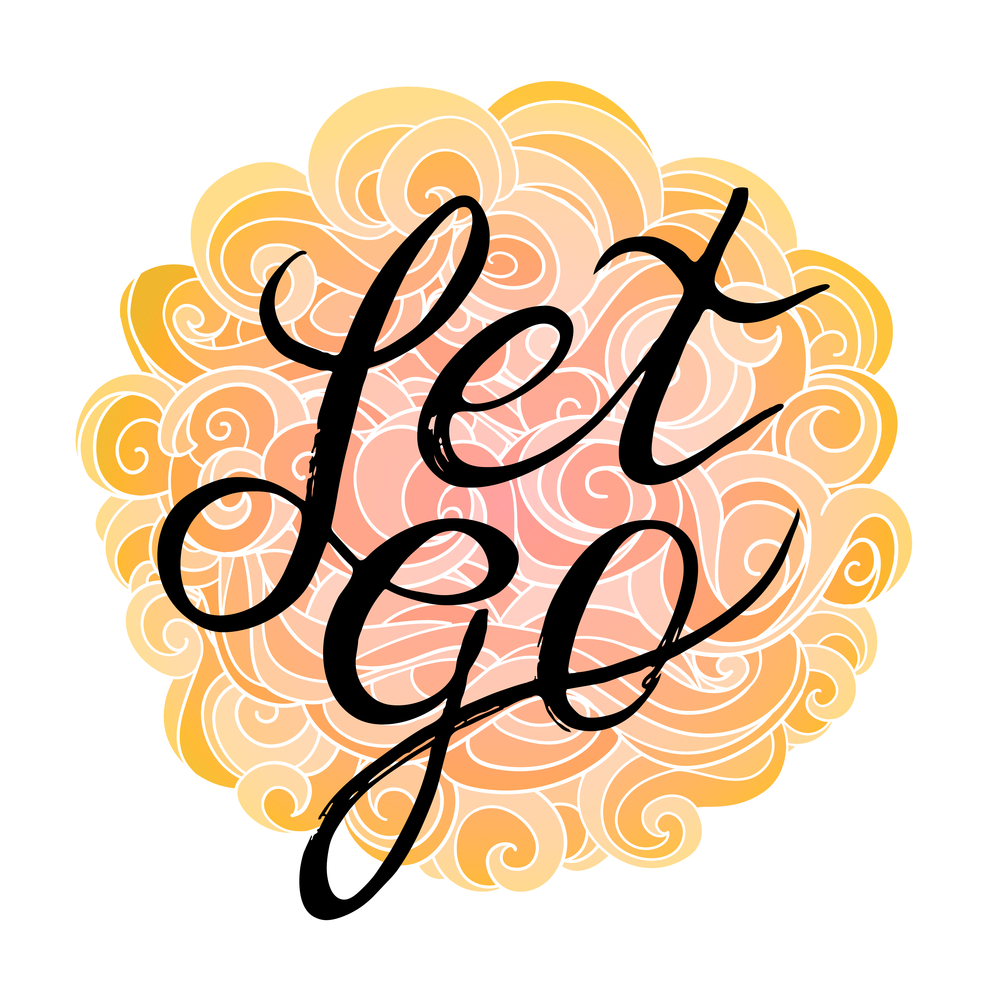
Learn to let things go. Let freebies go. Let offers go. Let webinars go. Let summits go. Let bundles go.
Dial your focus in tight and aim to make use of what you have first before letting more in.
If you’re claiming every free thing that presents itself, you’re not giving solid attention to any of it – and you’re reducing the possibility of taking real action with every new distraction you allow into your space.
An entrepreneur in her first year of business told me “I’m grabby with the freebies because I feel I’ll need it all eventually.” She had 18 un-reviewed free gifts stored in a folder on her computer at the time. My concern for her is that the online marketing space changes so fast, by the time she opens some of these items, they may be largely outdated.
If you’re gathering freebies for a topic that changes less, you’re not off the hook for over-gathering free resources. Just letting these things pile up can create an ‘I’m behind!” vibe. How often do you think, ‘I really ought to go look at that.’ or ‘I’ve got so many things I need to look at.’
I’d love for you to no longer tolerate this low-key stress vibe.
If nothing else, this over-gathering is a tool for procrastination. How many times have you settled in to get some productive work done, only to be distracted by the pile up of stuff?
Remembering our inbox is our central communication hub – the greater care you take with new subscription actions, the better.
Now, about the emails I already get.
I Unsubscribe with intention.
I ask simple questions when deciding whether to keep receiving email from a person or brand.
- Do I still want this?
- Am I making positive use of the messages?
- Do I look forward to the little chunks of time I spend with the sender?
- Have I stopped wanting to open these emails?
- Is it time to let it go to make space for something new?
I really like this quote from Lao Tse:
“To attain knowledge, add things every day.
To attain wisdom, remove things every day.”
This concept supports my inbox goals beautifully! I subscribe to new people to claim free gifts, hoping to add knowledge and value. As I see what does and doesn’t support me and I let subscriptions go – becoming wiser with my time.
By the way, a freebie isn’t always the reason I subscribe to a list. I jump on mailing lists because I liked someone’s content marketing, their podcast, a book they wrote, etc. I’m in because I’ve enjoyed something of them and am curious to see what their email marketing offers me in the way of other content and interesting offers.
I’ve learned in many cases, the podcaster I love listening to, writes boring emails or the author I’ve enjoyed never actually emails their list. So my curiosity isn’t always rewarded – and I’m quick with the unsubscribe button in these cases. As soon as I stop looking forward to the emails, I’m out. I’ll keep reading their books or listening to the podcast instead ;)
 I invite you to develop trust in yourself above all else.
I invite you to develop trust in yourself above all else.
Having given myself over to an abundance of self development trainings in the last decade, one of the greatest gifts achieved has been learning to trust myself.
A mentor of mine, the founder of Radical Leadership, Therese Keinast often said to me ‘I want you to trust yourself profoundly!’
The first dozen or so times I heard it, I couldn’t grasp her meaning. I did NOT trust myself and ran every thought, idea, and action through a complex algorithm of external checks and balances. Is this the right choice? Will X think it’s the right choice? Can I know for sure it’s the right choice? (Exhausting!)
Turns out, learning to trust yourself is a practice. I made small choices based entirely on what I wanted, trusting my gut. After trusting myself with small things, I stretched myself to make choices on larger issues.
Today, I can say I do trust myself profoundly. I don’t run around checking and double checking my choices with other people. I lean into what I know I want to create more of in the world.
I trust myself with my inbox. I know what I want to see there and what I do not. I trust my interests, goals and passions to drive me in the best directions with every new subscription and unsubscribe action.
I invite you to do the same.
Shake off worries about what others will think.
I used to stay subscribed to dozens of mailing lists because I feared what the sender would think if they noticed my unsubscribe action.
I’m a content marketing coach, so I’ve subscribed to many client lists for the sake of observing their email marketing flow to give feedback. Some clients become friends I care about. Imagine me, months after the coaching relationship has completed, still getting someone’s Chicken Raising Newsletter because I don’t want to hurt her feelings by unsubscribing LOL!
I’ve been a guest on a podcast, liked the host quite well, so I subscribed to her emails – only to find that her email marketing messages aren’t at all enjoyable compared to her podcast. Imagine me, not wanting to unsub for fear of offending the host.
I’ve been on a good friend’s mailing list for years because her topics interest me, but she took a hard left turn on her business model and now writes about topics I have no interest in. Imagine me, not wanting to unsub because it might hurt her feelings.
There are so many stories, so many email lists I stayed subscribed to for all the worst reasons – until I finally shook all the nonsense off.
I unsubscribed from ALL of the email lists that weren’t a fit for me. My email subscription status doesn’t define my friendship or even my respect. Letting go of that extraneous baggage has been incredibly freeing.
Passivity is a bad habit.
Notice what you don’t want to open. Honestly, how much email is in your inbox right now that you’re not excited to open?
Allowing email you’re no longer interested in to continue appearing in your inbox is a depressingly passive thing, isn’t it? You don’t want it. You haven’t wanted it in awhile. You’re not going to open it. It’s just going to keep showing up. Mildly reminding you every day that you’re passively allowing it to be there.
If you’re being passive with your inbox, where else has passivity seeped into your business?
Start making liberal use of the unsubscribe button. Exercise being intentional with your attention.
It’s my perspective that when we practice being intentional in one area, we start to practice it on others as well.
A peek into day to day inbox management
I use gmail for my inbox. I like how it works very much. I have my google calendar displayed to the right of my inbox, like so… (the image below is a screen shot of my web browser.)
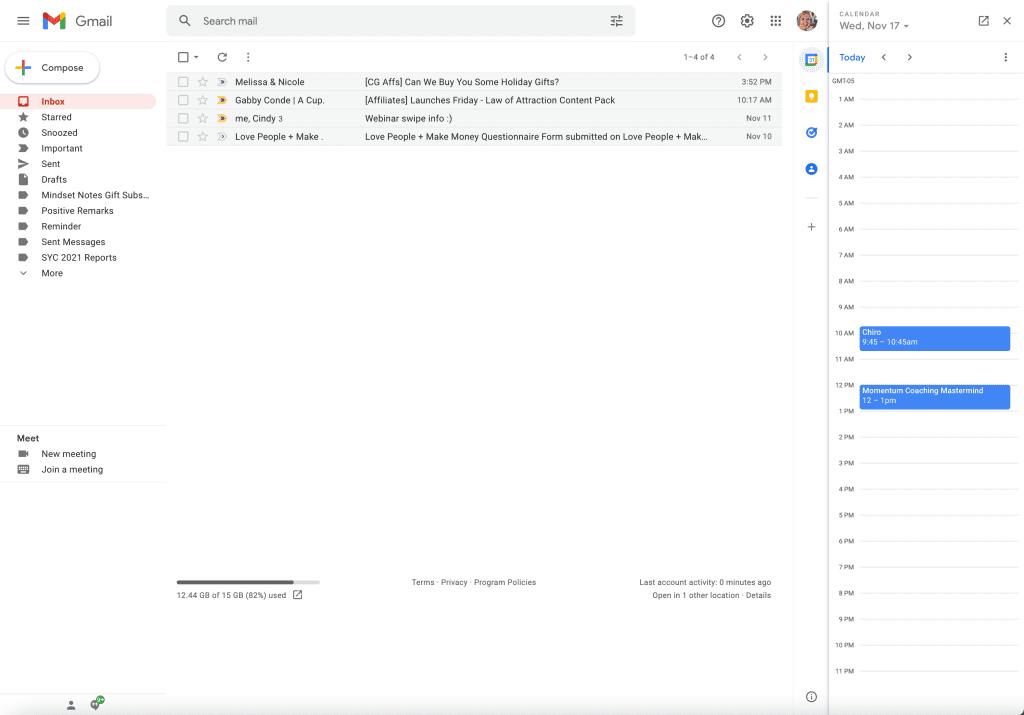
Does it shock anyone that my inbox is so clear? As I grabbed that screenshot there are only four emails – each one a gentle reminder to take a necessary action.
I have domain based emails like kelly@lpamm.com that are forwarded to gmail and I can send email ‘as’ these domain based emails if I want to.
I have the gmail app installed on my phone – with notifications turned OFF of course. I don’t need little red meatballs telling me there’s new emails to read. I look when I want to.
The tips I share below are demonstrated with gmail – if you use a different inbox tool, try searching YouTube for tutorials that show you how to do similar organization tasks.
Must have skill: Know how to white-list email addresses.
There are emails I never want to miss and email deliverability can be a funny business. If you’ve ever signed up for something or were expecting an email that hasn’t shown up, check your spam filter.
Some email I want to see ends up in the spam filter for whatever algorithm nonsense the system has going on – but I can overcome that with a filter.
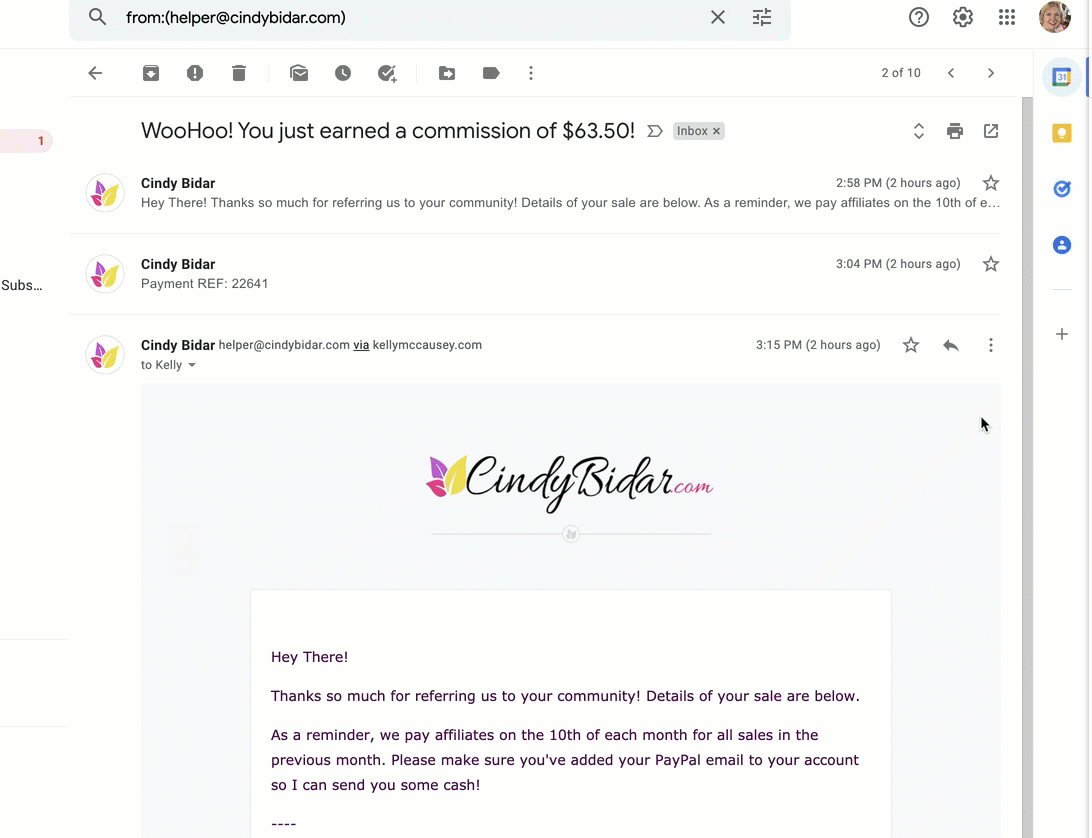
In gmail, I find the email that went incorrectly into spam and return it to my inbox.
Then I follow these steps to create a filter.
- Click on the three dots at the upper right corner of the email.
- Click ‘filter messages like this’
- Click Create Filter.
- Select ‘Never send it to Spam’
This will ensure that all messages from the spotlighted email will show up in my inbox. I create these types of filters as needed and feel better about not missing important things.
Other reasons to create filters.
There are some emails that I’ve unsubscribed from and reported as spam and yet they continue to appear in my inbox. I don’t know what strange brew the sender has going on but I know how to make sure I stop seeing the emails. I set up a filter to send these unwanted messages directly to trash.
- Click on the three dots at the upper right corner of the email.
- Click ‘filter messages like this’
- Click Create Filter.
- Select ‘Delete it’
Let’s say you get applications from podcast guests on a daily basis but you prefer to review and respond just once per week. Set up a filter that identifies the form submissions, skips the inbox and add a label ‘Podcast Guest Applications’. This will neatly tuck all new submissions under the label that you can visit to review on your chosen schedule.
To accomplish this, first create the label.
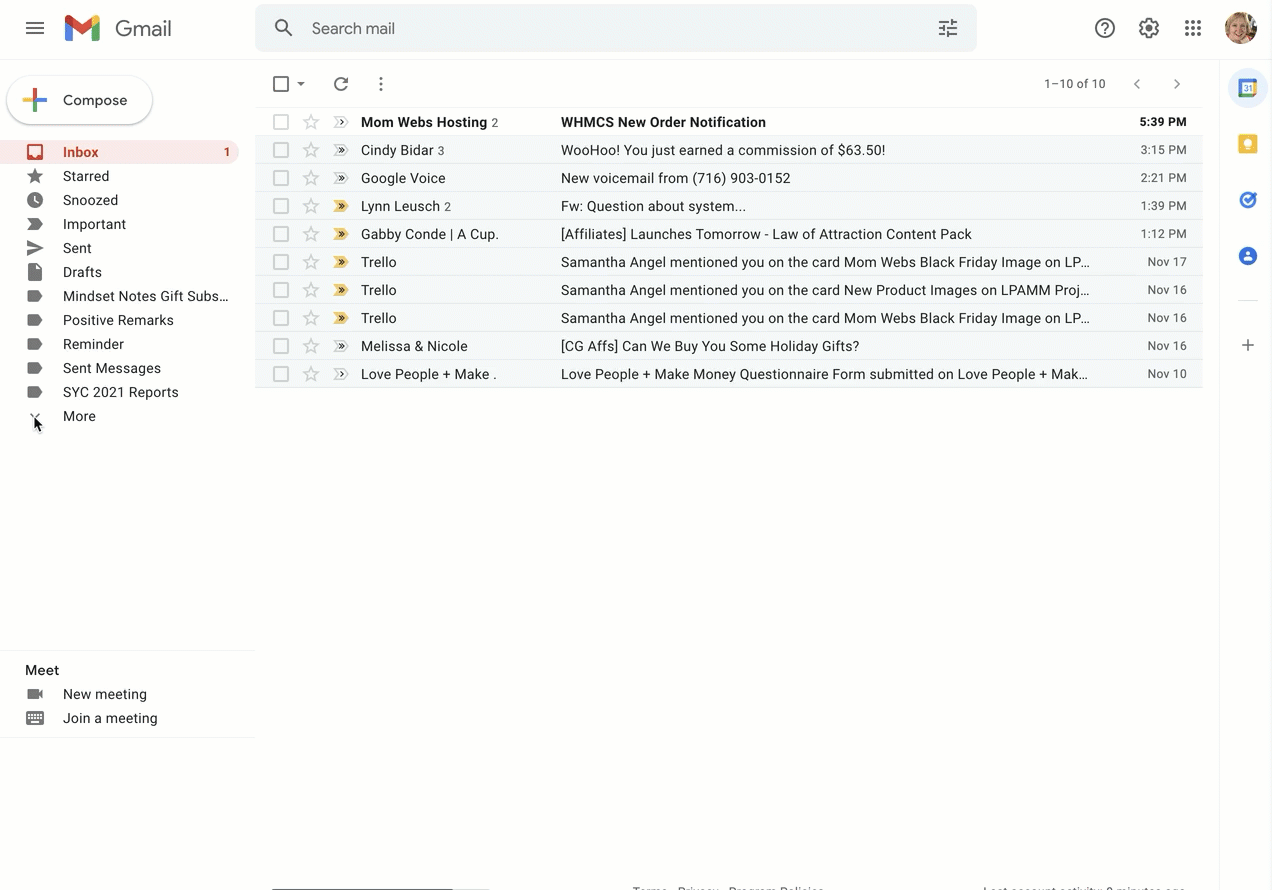
Now, set up the filter.
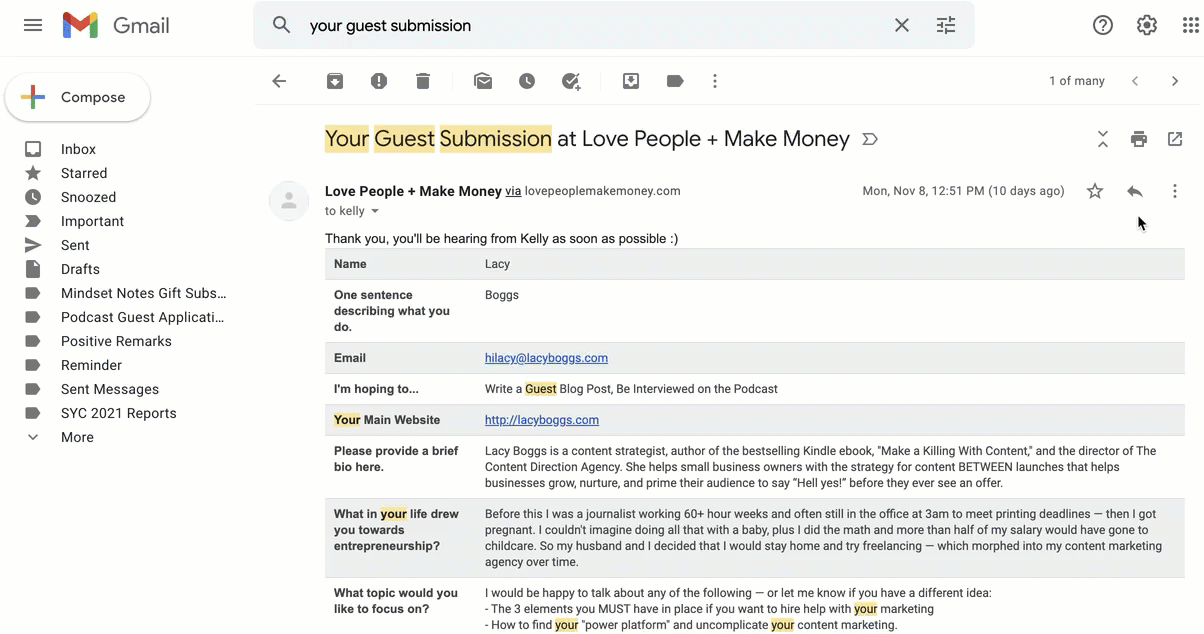
- Click on the three dots at the upper right corner of the email.
- Click ‘filter messages like this’
- I entered Subject Line words that match my submission form emails.
- Click Create Filter.
- Select ‘Skip Inbox’
- Select Apply Label and choose the appropriate one.
You may be able to think of multiple uses for labels and filters that keep your inbox clean and organized.
Labels aren’t just an automation thing.
I apply many labels manually.
For example, I have a label ‘Positive Remarks’ that I tag on to any email with a nice comment or compliment. (I love to look back at them – and may end up asking the sender if I may use it as a testimonial.)
I also set up temporary labels for projects as needed. Whatever helps keep my inbox neat and tidy.
New Habit: Your Archive is where non-actionable emails go.
(Instead of living forever in the inbox.)
An inbound email (one sent to you) can be in one of four places.
- Inbox
- Archive (This includes Labeled emails)
- Spam
- Trash
If an email doesn’t require a decision or action, archive it. It’s not gone. Your archive is browseable and searchable. Emails in your archive do not get deleted by any automatic means unless you’ve set something up intentionally.
Since the archive is a safe forever home for emails to nap peacefully until I need them for whatever reason, what stays in the inbox? Emails that require a response or action from me.
What Are Actionable Emails?
An message that requires an action or decision from me before it can be archived.
Examples:
- A client asking for a sales page review.
- My graphic designer letting me know there are images for me to review.
- A potential JV partner inviting me to participate in an upcoming project.
- A potential client inquiry.
These are the sort of emails that I can’t act on immediately in most situations so I keep them in the inbox pending my next available chunk of time.
My inbox represents what needs attention now – not next week or next month. When messages arrive with information/requests I won’t need to respond to for awhile, I make use of the oh so beautiful Snooze function.
This card statement for example:
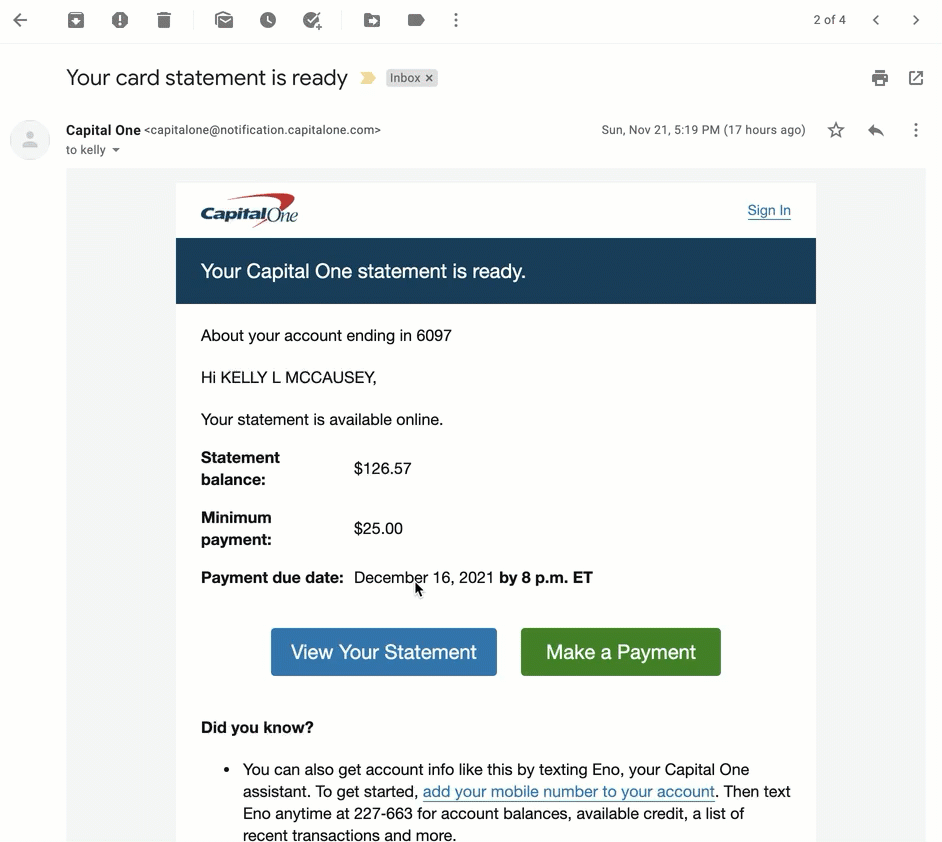
On the morning of December 15th, this email will reappear in my inbox with a note that it had been snoozed. This function is amazing and contributes greatly to my keeping my inbox current.
Some messages I receive contain actionable information, but is keeping it in my inbox the best choice? Not if it would be better served to store the information else where.
For example, upcoming webinar details belong on my calendar, not in my inbox:
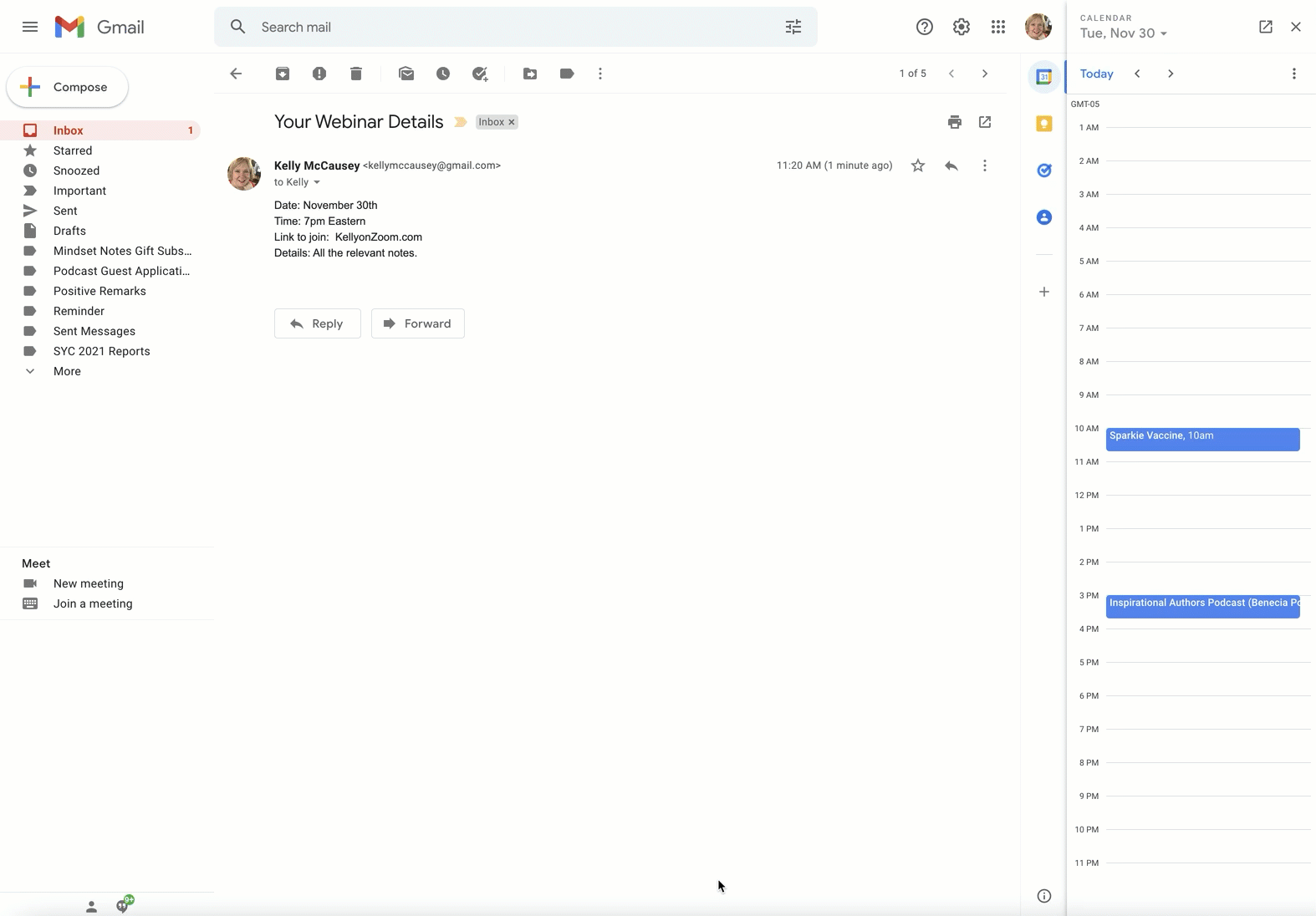
I get a lot of JV information notices from affiliate programs I’m a part of and if I want to promote, I add the information to my calendar to make sure I don’t miss out on any important promotion dates – and so I know if there’s any crossover for other promotions I’m going to be part of. If I don’t plan to promote the product, I archive the message and let it go.
Project Management Note: Since I use Trello to manage my own ongoing projects, if emails come in with relevant info, I’m going to transfer over to Trello cards where it can be accessed by my team. My team and I keep our communications on the cards whenever possible, rather than creating confusing email chains.
To recap, the only emails that stay in my inbox are message I will personally act on within the next week.
One of the benefits of this approach is that I can reach ‘Inbox Zero’ now and then when everything that needed my attention has been resolved.
How many inboxes do you need?
It’s my perspective that productivity is lost when you’re checking too many different inboxes.
I have ONE inbox for my life and my primary business, Love People + Make Money. Yes, my personal emails come to the same place my business emails come to. This has never presented a problem for me – likely because I’m such a minimalist about personal subscriptions and there’s only me here.
It may be you’d be better served to have a personal inbox far separated from your business. Just keep it truly separate and it won’t end up creating confusion down the road.
There is one other inbox that I visit for Joyful Trio, LLC. This is the business that covers the two PLR brands I run with partners Samantha & Avery. If you have separate businesses, meaning they’re legally separated and financially 100% independent from one another, it’s smart to maintain an independent inbox for them.
 Please don’t use junk email addresses.
Please don’t use junk email addresses.
Some feel the ultimate answer to keeping a primary inbox clean is to have ANOTHER email address for all of the junk.
I object to this concept based on its foundational premise. The very idea that you need some space to process JUNK is problematic in my opinion.
‘But Kel, I need a place to get those freebies from people I’m not sure I can trust yet.’
Nay! If you’re not sure you can trust someone – don’t freaking claim their offer.
‘Kel, I want the freebie, I just don’t want all the marketing hype that follows.’
Fine. Sub. Get the freebie. The minute you stop enjoying the follow up, unsubscribe. It’s that simple.
‘But Kel, some marketers don’t honor the unsubscribe. Some marketers share their lists. I don’t want my ‘good email’ to get tainted by their nonsense.’
Listen to me friend. I get you. Some marketers are stinkers. The fact you know this tells me that you’re developing an instinct for these boneheads. Just say NO to offers from people who smell stinky.
If your spidey sense is telling you a person isn’t trustworthy – the answer is not to subscribe with a junk inbox. The answer is to get the hell away.
There ARE bad neighborhoods out there in the online marketing space. There are bad actors who will not respect your unsubscribe and inappropriately share your address with others. It’s true and dammit, it’s irksome.
Still, having a junk inbox is not a useful solution. It’s a noisy distraction that will never serve you well in the long run.
What I’d love you to do now.
After taking all of this in, I would love to imagine you making some changes to how you manage your email inbox.
- Let go of junk email addresses.
- Only claim freebies that meet a present need and that you have time to review right away.
- Subscribe to less overall and always with great intention.
- Unsubscribe as soon as you feel someone’s emails aren’t serving you well.
- Embrace keeping only actionable emails in your inbox.
Imagine an inbox designed for maximum function and purpose.
Imagine you not wasting chunks of time wading through noise that doesn’t matter.
Imagine you reclaiming that time for projects that DO matter.
Inbox Q&A w/Kelly:
When your inbox is intentional, YOU are more intentional.
When I sit down at my desk to give my business attention, it starts with the inbox. My purposeful approach serves me well, allowing me to build multiple successful brands.
My way isn’t the only way or even for sure the best way. I invite you to give it a try though.
Maybe you’ll implement many of my suggestions or maybe you’ll only get turned on by one or two of them. Whatever you decide to use, I’d love to hear your feedback.
Feel free to also ask questions and share your own inbox organization tips. There are so many different types of businesses and you may have an idea that helps someone else.
If you haven’t been on the forums before, I’d love to see a juicy introduction posted!
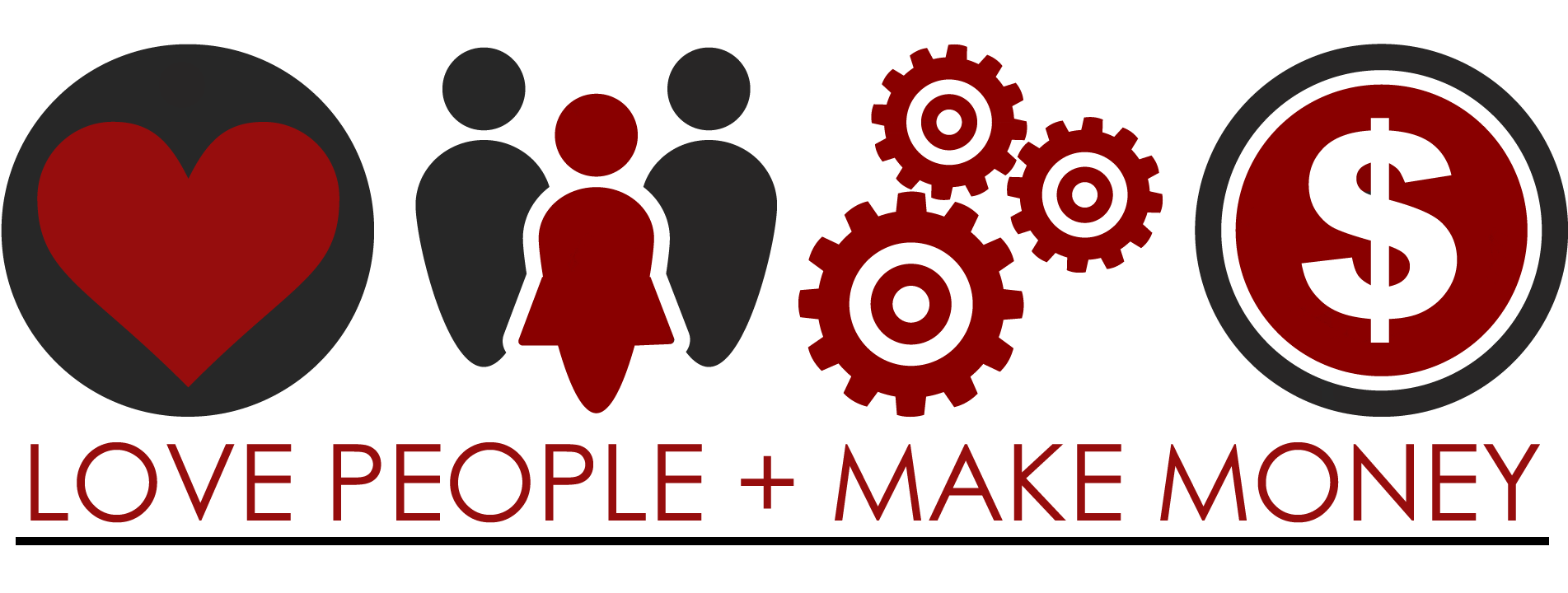
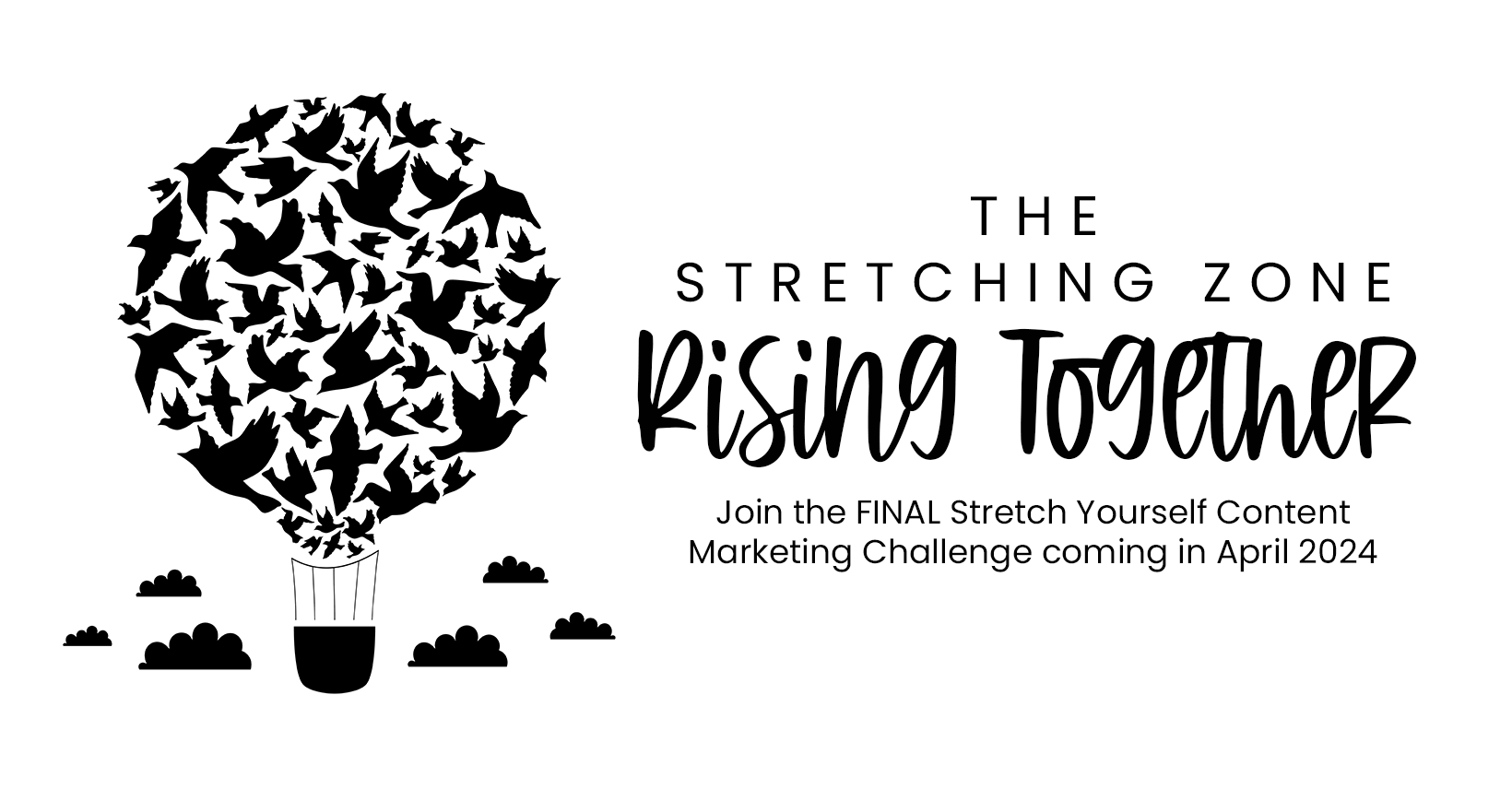
 I invite you to develop trust in yourself above all else.
I invite you to develop trust in yourself above all else.